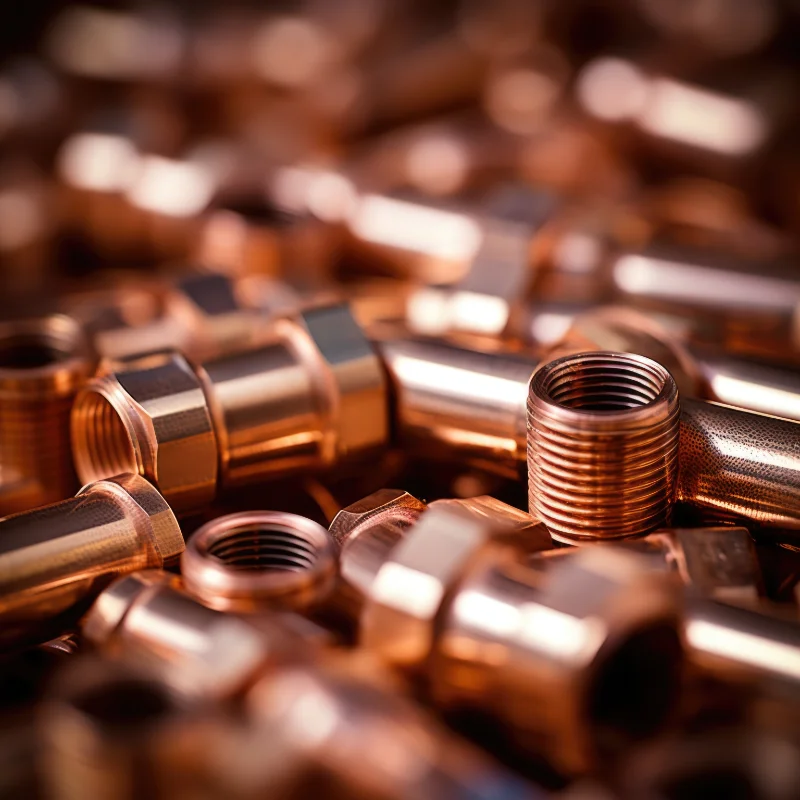Copper plating is an electrochemical process, in which a layer of copper is deposited on the metallic surface of a solid through the use of electric current.
Copper plating is an important process because:
- It provides valuable corrosion protection.
- It improves the wear resistance of the surface.
- It has excellent adhesion to most base metals, improving ductility of coated products.
- It has excellent heat conductivity and electrical conductivity, making the plated products suitable for precision engineering applications, such as printed circuit boards (PCB).
Copper is one of the best electrical conductors. A layer of copper offers excellent electrical conductivity to many components. As a result, copper plating is used in both the electrical as well as electronics industries. As copper is a soft metal, it can be applied to metal parts that require some flexibility. The copper layer won’t peel out, as it maintains adhesion to the metal surface, even under bending conditions. It gives a uniform coverage on most non-ferrous and some of the ferrous base metals.

